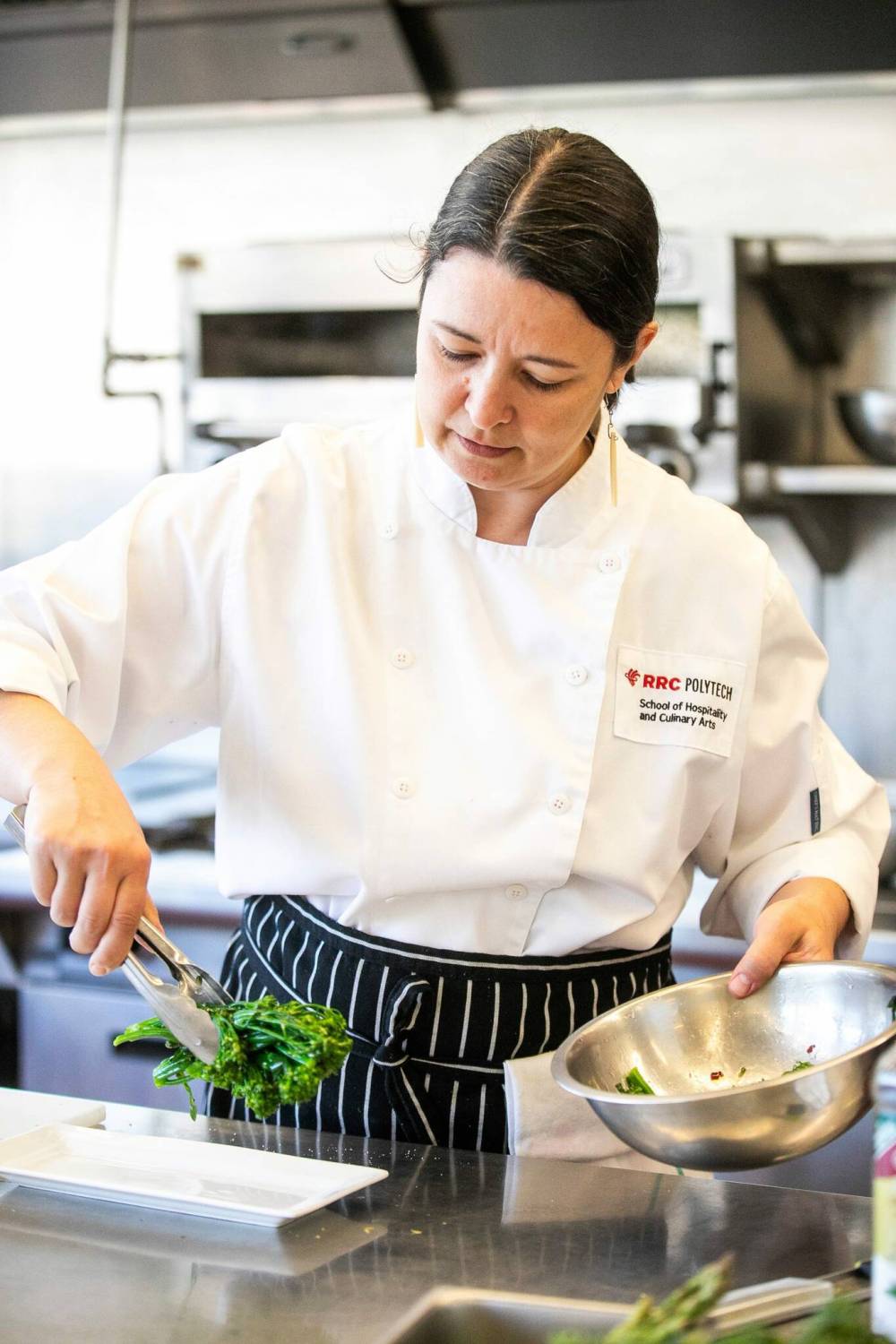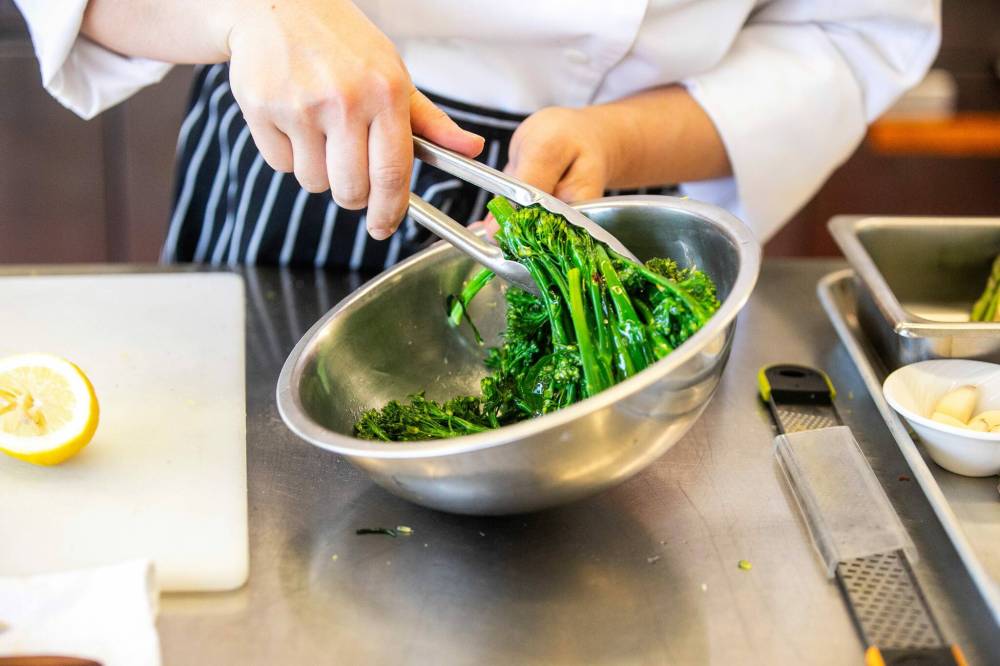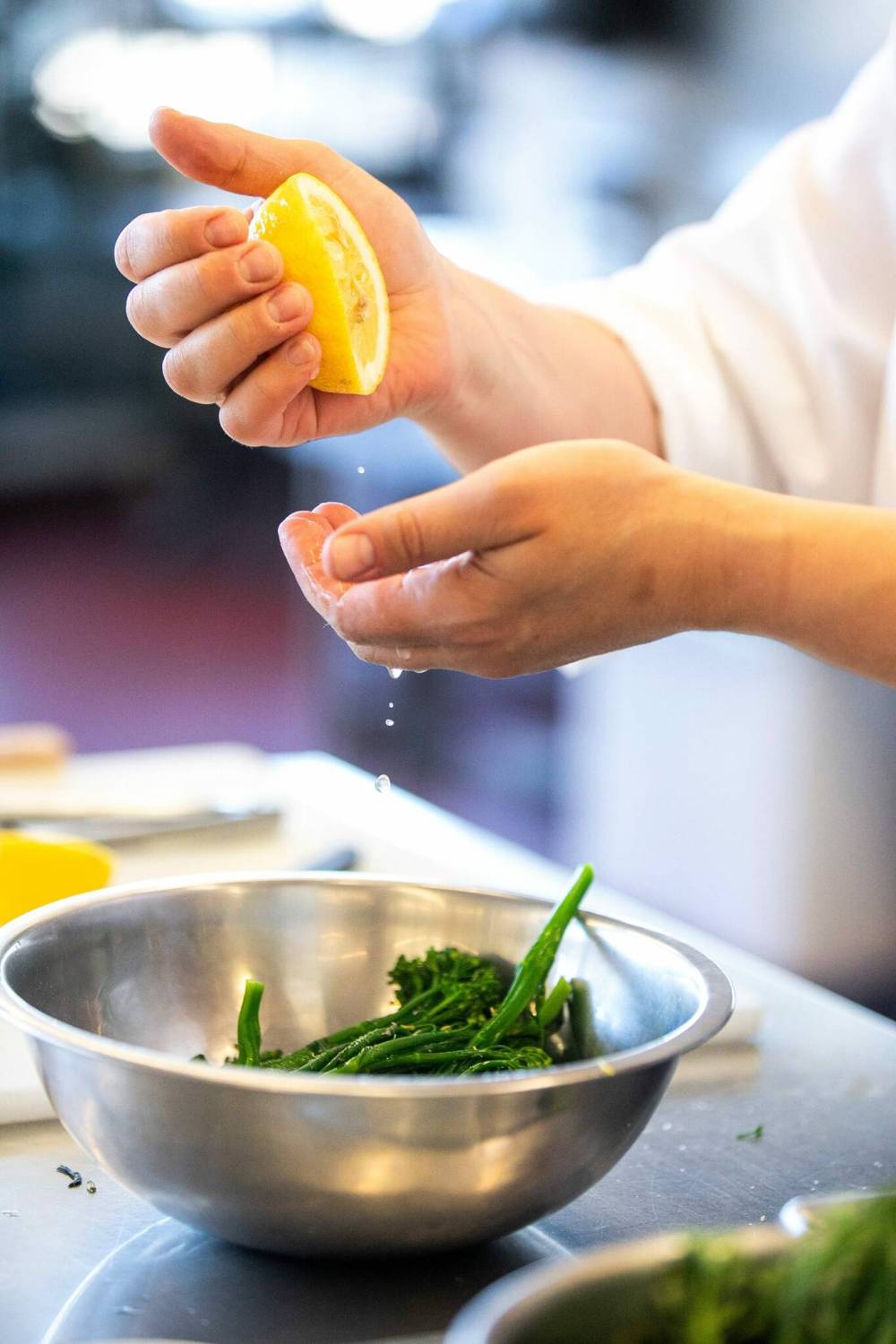Squash your aversion to veggies Choosing wisely, cooking well can help you fall in love with produce
Read this article for free:
or
Already have an account? Log in here »
To continue reading, please subscribe:
Monthly Digital Subscription
$0 for the first 4 weeks*
- Enjoy unlimited reading on winnipegfreepress.com
- Read the E-Edition, our digital replica newspaper
- Access News Break, our award-winning app
- Play interactive puzzles
*No charge for 4 weeks then price increases to the regular rate of $19.00 plus GST every four weeks. Offer available to new and qualified returning subscribers only. Cancel any time.
Monthly Digital Subscription
$4.75/week*
- Enjoy unlimited reading on winnipegfreepress.com
- Read the E-Edition, our digital replica newspaper
- Access News Break, our award-winning app
- Play interactive puzzles
*Billed as $19 plus GST every four weeks. Cancel any time.
To continue reading, please subscribe:
Add Free Press access to your Brandon Sun subscription for only an additional
$1 for the first 4 weeks*
*Your next subscription payment will increase by $1.00 and you will be charged $16.99 plus GST for four weeks. After four weeks, your payment will increase to $23.99 plus GST every four weeks.
Read unlimited articles for free today:
or
Already have an account? Log in here »
All Camille Metcalfe asks is that you give vegetables a chance. Even the ones you don’t like.
Growing up, the British Columbia-born chef was convinced she hated eggplants. The texture of the deep purple fruit was offputting, the flavour even more so. Mushrooms were also a struggle.
“It turns out (my mom) just didn’t cook them in a way that I liked,” she says. “I love eggplants now. Don’t write off a vegetable because you didn’t like it that one time.”
Encouraging culinary curiosity has been a big part of Metcalfe’s career, which started as a part-time kitchen job in college and later evolved into teaching youth how to grow and prepare food with NorWest Co-op Community Food Centre.
A Red River College Polytech alum, Metcalfe recently returned to her alma mater, where she helps culinary arts students find apprenticeships as a work-integrated learning co-ordinator. Her days off are usually spent tending to her garden and experimenting with various forms of food preservation, from dehydrating to pickling to canning.
In today’s Homemade Cooking School class, Metcalfe shares how to make the most of produce.
Shopping
MIKAELA MACKENZIE / FREE PRESS Camille Metcalfe, plating her broccolini, recalls how learning to cook eggplant properly transformed her opinion of the purple vegetable.
Beyond the chosen cooking method, seasonality can also impact vegetable enjoyment.
Thanks to global supply chains, supermarkets can stock produce year-round regardless of what’s in season locally, leading to pale winter tomatoes and limp fall asparagus.
Instead, Metcalfe recommends buying fruits and veg at the height of their respective harvest seasons. This can include shopping at local farmers markets or stocking up on imported goods when they’re peaking elsewhere in the world, such as citrus during the wintertime.
“Fresh vegetables can really make a difference,” she says. “When vegetables are in season then I know they’re going to be at their best flavour and I’m excited to eat them.”
She’s also a proponent of buying edible but blemished produce, since most imperfections can be trimmed away.
Storing
Produce is among the most wasted food in Canadian households.
Proper storage can extend freshness and shelf life, so that bag of lettuce in the back of the fridge doesn’t turn into a bag of wet brown mush bound for the garbage.
Leafy greens and most herbs should be stored in the refrigerator in a resealable bag with a sheet of paper towel to wick excess moisture, says Metcalfe. Tender basil, however, should be stored on the counter and eaten soon after purchase.
Canada’s Food Guide advises keeping fruits and vegetables separated in the fridge with fruits in the low-humidity and vegetables in the high-humidity crisper drawers.
MIKAELA MACKENZIE / FREE PRESS Once the broccolini is blanched, Metcalfe tosses the stalks with lemon juice, olive oil, salt and chili flakes.
For hardy root vegetables, try to replicate the cool, dark environment of a cellar. “But onions and potatoes don’t like each other, so don’t store them next to each other,” Metcalfe adds.
Produce on the verge can be frozen or turned into stock. To reduce food waste, spoiled fruits and vegetables can be composted in a backyard bin or dropped off at a City of Winnipeg compost location.
Prepping, seasoning and cooking
Fresh produce should be washed prior to eating and vegetables should be peeled, seeded and cut according to preference and use.
Salads and raw veggies are typically served with dressings and dips to add seasoning and enhance palatability. Fibrous greens, such as kale, can be massaged with oil to reduce bitterness and soften the leaves.
Cooking changes the flavour and composition of food. Cooked vegetables can be served with a sauce or seasoned simply with oil, salt and herbs.
Here are some common ways to cook vegetables:
MIKAELA MACKENZIE / FREE PRESS Using your one hand as a filter can keep lemon seeds from falling into your dish.
● Steaming: Fill a pot with a few inches of water and bring to a boil on the stovetop. Place vegetables in a steamer basket and lower into the pot, ensuring the bottom of the steamer is above the water level. Cover and cook until vegetables are soft. Season as desired.
● Blanching: Bring a pot of water to a boil on the stovetop and add 15-30 ml (1-2 tbsp) of salt. Add vegetables to the water using tongs to avoid splashback, and boil for several minutes until tender but firm. Remove vegetables from the pot and place directly into an ice-water bath.
“This is called shocking,” Metcalfe says while demonstrating how to blanch broccolini. “It is taking them from a very hot environment to a very cold environment; this is going to stop them from cooking.”
Once the broccolini is drained and dried, Metcalfe seasons the greens with olive oil, lemon juice, chili flakes and more salt.
MIKAELA MACKENZIE / FREE PRESS In the completed dish, the broccolini is cooked but still crisp to the bite.
● Stir-frying: Heat oil over high heat in a wok or wide pan. Add vegetables and stir constantly while sautéing until tender-crisp. Add sauce, continue stirring and cook until just incorporated.
Roasting: Preheat the oven, usually to 400 F, and cut vegetables into uniform pieces. Toss with oil, salt and desired spices and spread evenly in a single layer on a baking tray. Roast until crisp, tender and browned slightly. Root vegetables, such as squash and potatoes, will take longer to cook than other ingredients.
eva.wasney@winnipegfreepress.com

Eva Wasney has been a reporter with the Free Press Arts & Life department since 2019. Read more about Eva.
Every piece of reporting Eva produces is reviewed by an editing team before it is posted online or published in print — part of the Free Press‘s tradition, since 1872, of producing reliable independent journalism. Read more about Free Press’s history and mandate, and learn how our newsroom operates.
Our newsroom depends on a growing audience of readers to power our journalism. If you are not a paid reader, please consider becoming a subscriber.
Our newsroom depends on its audience of readers to power our journalism. Thank you for your support.









